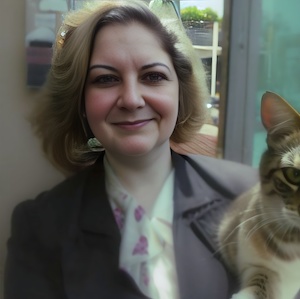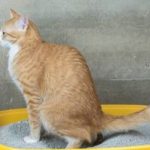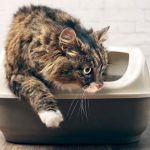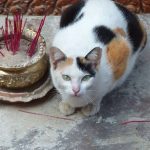Calling all cat owners! We all want the best for our furry friends, and that includes providing them with a comfortable and safe litter box. As the world becomes more eco-conscious, many pet owners are turning to natural alternatives to traditional clay-based litters.
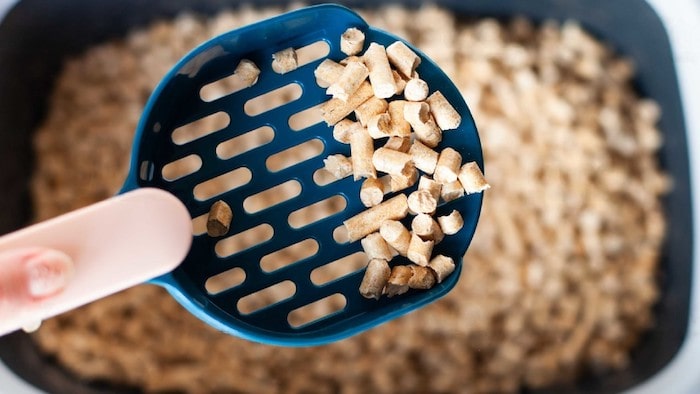
One of the most popular options is pine pellets, but before you switch to this natural litter, it’s essential to ask, are pine pellets safe for cats? In this article, we’ll explore the pros and cons of using pine pellets as cat litter, and provide tips for using them safely.
Get ready to learn everything you need to know about using pine pellets as cat litter and how they can make a difference for your feline friend and the environment!
Contents
What is Pine Pellet Cat Litter?
Cat owners are increasingly turning to wood pellets as a litter option, with pine pellets especially gaining popularity. These are made of compressed fibers from various types of woods, hardwoods and softwoods alike.
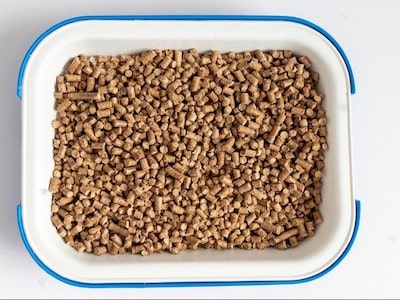
Once urinated on, the pine pellet disintegrates into sawdust rather than clumping together like some other litters do; this makes them extremely absorbent and eliminates any odors that might have been present.
For this reason, it is far better than other litters that only mask smells instead of doing away with them altogether.
Is Pine Pellets Safe for Cats?
Much debate among cat owners and experts exists regarding the safety of pine pellets as cat litter. Although generally considered safe, potential risks and concerns should be taken into account. As per veterinarians “pine pellets ensure the cat’s safety as well as a minimal impact on the environment during the production process and when cat owners discard the waste.“
The presence of pine oil, which is naturally present in the wood, is one of the primary concerns with pine pellets. Its strong scent can be irritating to some cats’ respiratory systems and may cause coughing or sneezing. Furthermore, prolonged exposure to pine oil fumes could lead to more severe respiratory issues in cats – particularly those with pre-existing conditions.
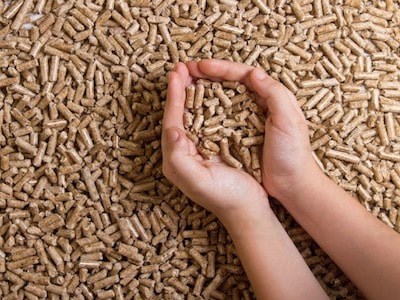
Another concern with pine pellets is the potential for ingestion. Some cats may be tempted to eat the pellets, which can cause blockages or other digestive issues. While most cats will not eat the pellets, it’s important to monitor their behavior closely to ensure they don’t ingest them.
Many experts and cat owners consider pine pellets to be a safe and effective litter choice, despite some concerns. Not only do they absorb moisture and control odors well, but they are also biodegradable, meaning they can be composted or disposed of in an eco-friendly way, making them a popular option for those looking for an environmentally conscious solution.
Pros and Cons of Pine Pellet Litter
Like any cat litter, pine pellets have their pros and cons. Here are some of the most important ones to consider:
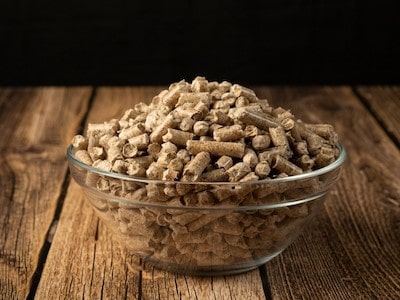
Pros:
- Eco-Friendly: Pine pellets are made from compressed sawdust from pine trees, which makes them biodegradable and environmentally friendly. They can be composted or disposed of in an eco-friendly way.
- Absorbent: Pine pellets are highly absorbent and can hold up to three times their weight in moisture, making them excellent at controlling odors.
- Dust-Free: Pine pellets are generally dust-free, making them a great option for cats and owners who are sensitive to dust or have respiratory issues.
- Affordable: Pine pellets are often more affordable than other eco-friendly cat litter options, such as wheat or corn-based litters.
Cons:
- Pine Oil: Pine oil is a natural substance found in pine pellets that can be irritating to some cats’ respiratory systems, especially those with pre-existing respiratory conditions.
- Texture: The rough texture of pine pellets may not be comfortable for some cats to walk on, especially those with sensitive paws.
- Scent: The natural pine scent of pine pellets may not be appealing to some cats or their owners.
- Tracking: Pine pellets can be more easily tracked around the house than other types of litter, which can be a concern for some cat owners.
- Ingestion: Some cats may be tempted to eat the pellets, which can cause digestive issues or blockages.
How to Safely Use Pine Pellets for Cats
If you’ve decided to use pine pellets as cat litter, there are several things you can do to ensure your cat’s safety and comfort:
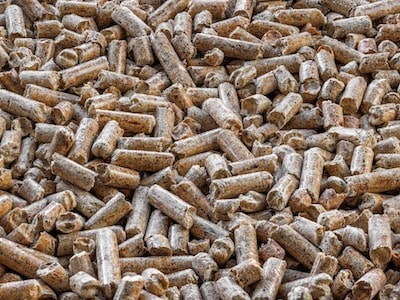
- Choose high-quality pellets: It’s important to choose high-quality pine pellets made specifically for use as cat litter. Some pellets designed for other purposes may contain chemicals or additives that are not safe for cats.
- Introduce slowly: When introducing pine pellet litter to your cat, do so slowly over a period of several days. Start by mixing a small amount of pellets into your cat’s current litter and gradually increase the amount over time.
- Monitor for respiratory issues: Keep an eye on your cat for signs of respiratory issues, such as coughing or sneezing. If you notice these symptoms, it may be best to switch to a different type of litter.
- Use a litter box mat: Pine pellets can be more easily tracked around the house than other types of litter. To minimize tracking, use a litter box mat to capture any stray pellets.
- Keep the litter box clean: As with any type of litter, it’s important to keep the litter box clean to prevent odors and the buildup of harmful bacteria.
- Prevent ingestion: To prevent your cat from ingesting the pellets, monitor their behavior closely and consider using a covered litter box. If you have concerns about your cat ingesting the pellets, it may be best to consider a different type of litter.
- Consider your cat’s preferences: Some cats may not like the texture or scent of pine pellets. If your cat seems hesitant to use the litter box, you may need to try a different type of litter.
FAQs
Can pine pellets be composted?
Yes, pine pellets are biodegradable and can be composted or disposed of in an eco-friendly way.
Do pine pellets control odors well?
Yes, pine pellets are highly absorbent and can control odors effectively.
Are pine pellets dust-free?
As Stated By veterinarians“Highly Absorbent pine pellets to keep your cat’s litter box fresh and dry; Low Dust and Lightweight” Pine pellets are generally dust-free, which can be a great option for cats and owners who are sensitive to dust or have respiratory issues.
Do pine pellets track more easily than other types of litter?
Yes, pine pellets can be more easily tracked around the house than other types of litter. Using a litter box mat can help capture stray pellets and minimize tracking.
How can I prevent my cat from eating the pellets?
To prevent your cat from eating the pellets, monitor their behavior closely and consider using a covered litter box. If you have concerns about your cat ingesting the pellets, it may be best to consider a different type of litter.
Well, It’s a Wrap
In conclusion, pine pellets can be a safe and effective option for cat litter, particularly for those who prioritize eco-friendliness and affordability. However, it’s important to introduce pine pellet litter slowly and monitor your cat’s behavior and health closely.
While pine pellets are generally safe, some cats may have respiratory issues or be tempted to eat the pellets. By taking these precautions and following best practices for using pine pellets as cat litter, you can provide a comfortable and safe environment for your feline friend.
Remember, it’s always important to consult with your veterinarian if you have any concerns or questions about your cat’s health and well-being.
Charlene Pare is the founder of Cat Likes Best. She manages and strategizes the content published on this website. When she isn’t working, she enjoys exploring the city around with her Ameican Shorthair kitty–Moli. Being a technocrat and an avid cat lover, she also writes on pet tech products and some of the featured articles.

